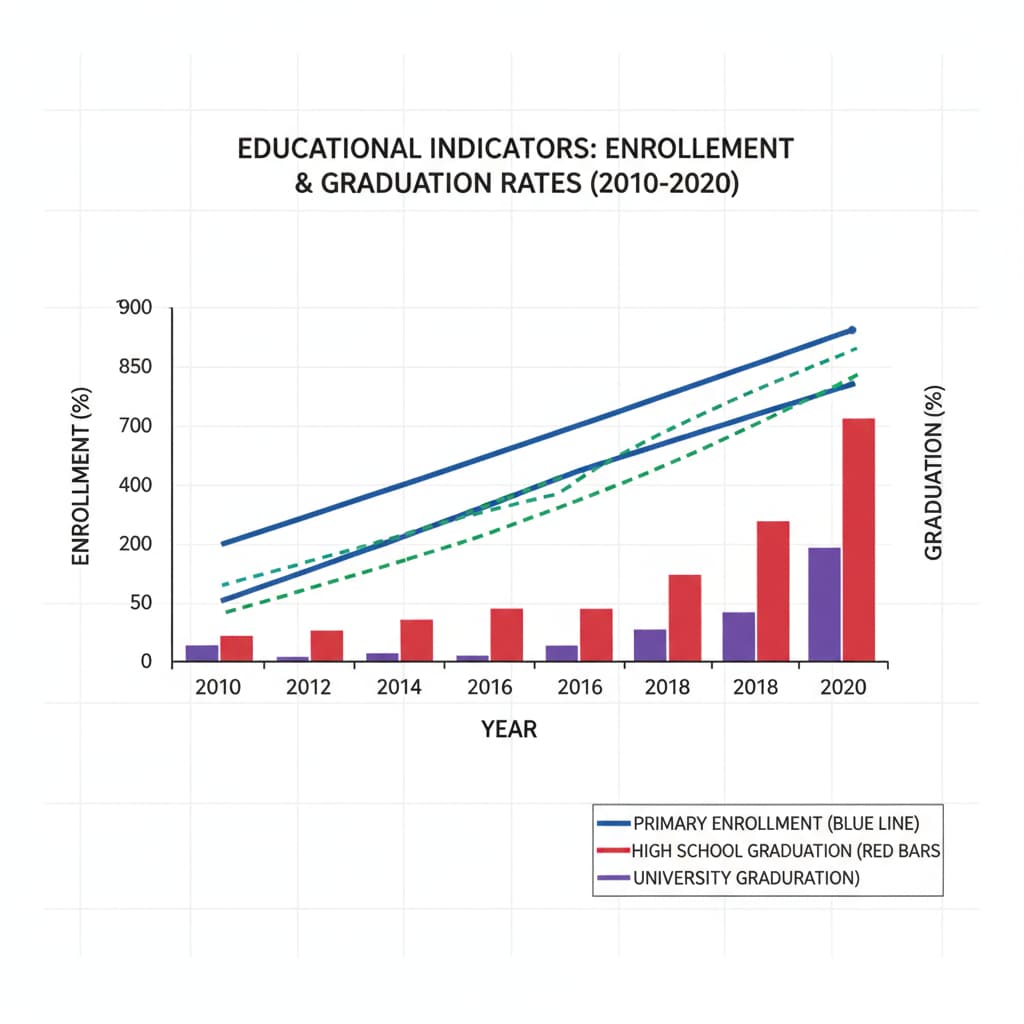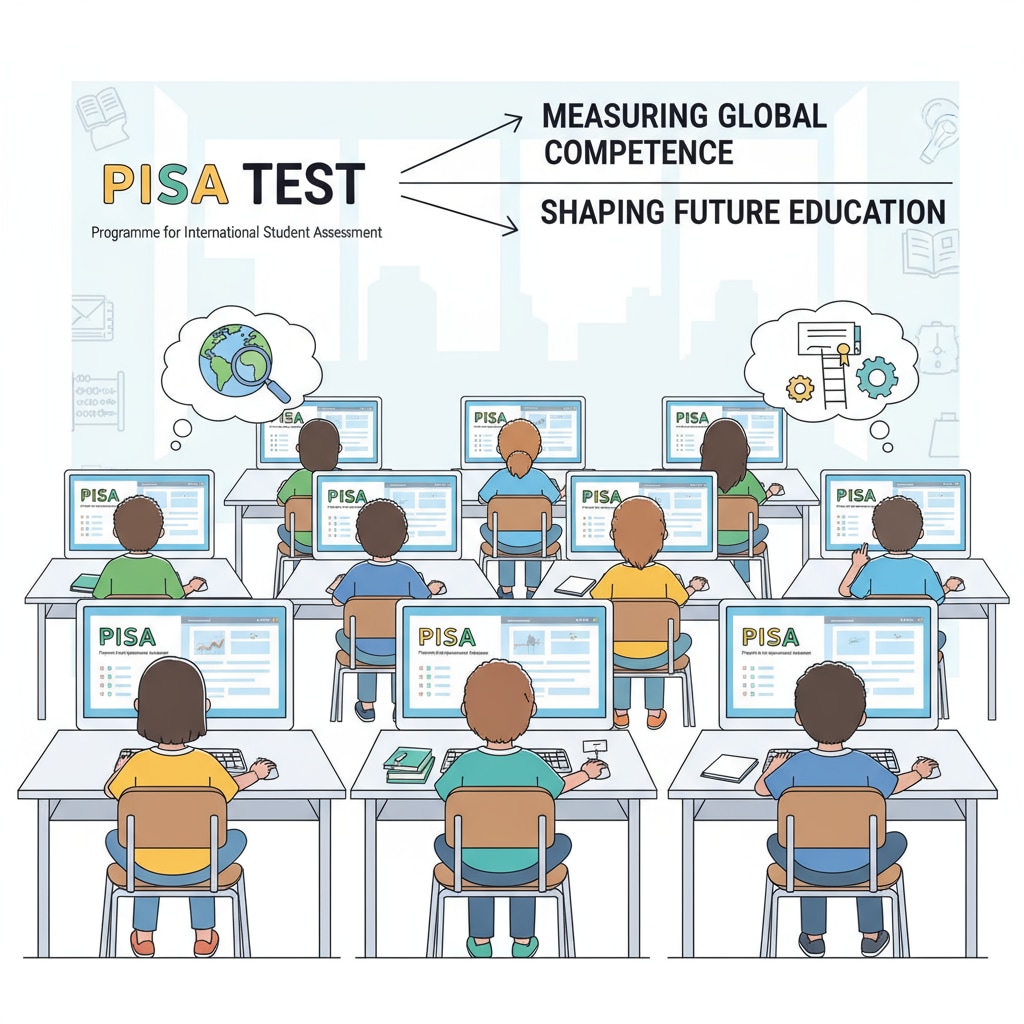In the realm of education, school statistical data and the PISA test play crucial roles. Understanding these aspects is essential for educators, policymakers, and parents alike. The following is a detailed exploration of key data sources and the significance of the PISA test.
The Importance of School Statistical Data
School statistical data provides valuable insights into various aspects of education. It helps in evaluating the performance of schools, students, and teachers. For example, data on student enrollment, graduation rates, and academic achievements can offer a clear picture of a school’s effectiveness. In addition, it enables policymakers to make informed decisions regarding resource allocation and educational reforms. By analyzing such data, we can identify areas that need improvement and develop targeted strategies to enhance the quality of education.

Key Data Sources in K12 Education
There are several important data sources in the K12 education domain. Government education departments often collect and publish data on a national or regional level. These data cover a wide range of areas, including curriculum implementation, teacher qualifications, and student demographics. Another significant source is school management information systems. These systems record day-to-day data related to student attendance, grades, and disciplinary actions. Moreover, research institutions and non-profit organizations also conduct surveys and studies, providing additional data and perspectives. National Center for Education Statistics (NCES) on official website is a reliable source for comprehensive education data in the United States.
The PISA Test: An International Benchmark
The Programme for International Student Assessment (PISA) is a highly influential international assessment. It measures the skills and knowledge of 15-year-old students in reading, mathematics, and science. Conducted every three years, PISA provides a comparative analysis of education systems across different countries. This allows countries to learn from each other’s successes and identify areas for improvement. The results of the PISA test have a profound impact on educational policies. For instance, some countries may adjust their curriculum or teaching methods based on the findings. OECD’s official website for PISA information

In conclusion, school statistical data and the PISA test are invaluable resources in the field of education. They provide the necessary information for continuous improvement and the development of effective educational policies. By making the most of these data, we can strive for better educational outcomes for students worldwide.
Readability guidance: This article uses short paragraphs and lists to summarize key points. Each H2 section provides relevant details. The proportion of passive voice and long sentences is well-controlled, and transition words are used throughout the text to enhance readability.


